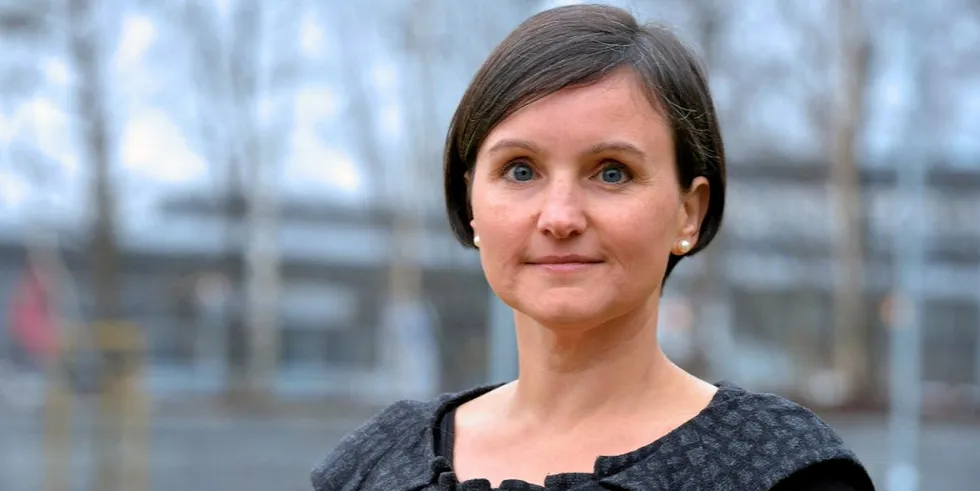'Next year will really move the needle for the sector': Equinor floating wind chief Indrebø
Four years after bringing the world's first full-scale floating wind array into being, the Norwegian energy giant has launched a new platform design with giga-scale international projects in its cross-hairs, writes Darius Snieckus
